Are Bat Repellents Effective?
Let’s face it; it can be frustrating to have bats residing in your house because of the mess they cause and the health risk they pose. Therefore, the idea of just spraying a solution or applying a substance to get rid of them sounds awesome. However, the reality is that most repellents are ineffective. In this post, we’re going to examine what repellents are and how the common types of repellents fail to produce the intended results.
What are Bat Repellents?
Bat repellents are substances used to deter bats from staying at a particular location. These substances are said to have the ability to cause great discomfort for bats, which forces them to look for a new place to call home. Bat repellents range from commercial products to even homemade recipes, but they all have one thing in common: they are ineffective.
Common Repellents That Don’t Work
Here are some common bat repellents that don’t work:
Chemical repellents
The principal component in many chemical repellents is naphthalene, which is also the main ingredient in mothballs. These repellents claim to release substances that affect the respiratory organ of bats, driving them away in search of fresh air. While you might hear of some success stories of these products, the truth is that they’re either lies or coincidences.
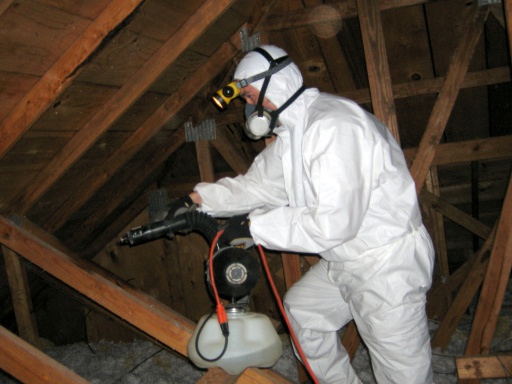
The fact that there are no registered chemical bat repellents is indicative of their ineffectiveness. To get them to work a little, you have to spray constantly. The trade-off is that the scent released by these products are harmful to both humans and pets. Not worth it!
Sound and light repellents
Sound repellents are based on the reasoning that bats make use of echolocation to move around. If an ultrasonic sound source is placed in their vicinity, it will disrupt their ability to find their bearings. On the other hand, since bats love to reside in the dark, light repellents in their roosting site will make them uncomfortable.
The problem with these methods is that once bats starting living in your attic, these minor disturbances are not strong enough incentives for them to leave. If they decide not to leave, light repellents can be a blessing to bats. It will attract insects, which is their delicacy, and what you get is a higher electricity bill.
Also, the Federal Trade Commission warns against ultrasonic sound repellents because they just don’t work despite how expensive they are. Furthermore, no bat control expert will recommend them to you.
Natural and homemade recipes
Substances like green tea, cinnamon, peppermint, coyote urine, human hair, mothballs, and many more are said to be natural bat repellents. Common homemade recipes include a complicated blend of Sponto 221, sassafras oil, mustard oil, and water to create a bat repelling solution. Hanging deterrents like Mylar balloons, mirrors, or foil are also said to keep bats at bay.
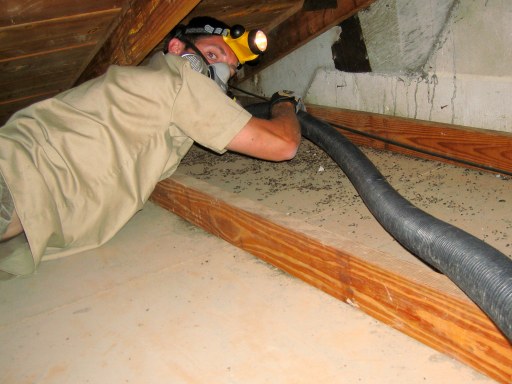
Although these repellents are cheaper than commercial repellents, they aren’t any more effective. They are simply a waste of time and effort. Some are even harmful to humans.
For instance, the chemical in mothballs is very strong and it can trigger sensitivities in humans and pets.
Why Are Bat Repellents Unreliable?
It all boils down to giving them a significant incentive to leave. Bats have a hard time finding a comfortable roosting site. If they start trying out your roof space or cavity and you fail to control them at the early stage, gradually the colony settles in your attic. Getting rid of them, at this stage, is very difficult. While repellents might work in the early stages, they are guaranteed to fail at later stages, once the colony is settled.
The Only One True Repellent!
Funny enough, the only true repellent is encapsulated in these succinct words: “Prevention is better than cure”. The only guaranteed way to keep bats away is to prevent them from taking residence in your attic. This means locating all potential entry holes and sealing them off. Remember, bats can fit through holes as small as 3/8 of an inch so you need to look through your house thoroughly.
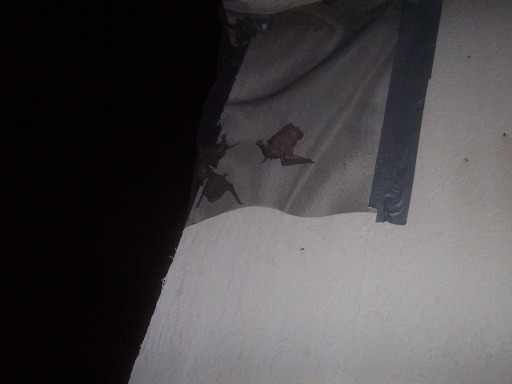
Furthermore, make your house unattractive to bats by eliminating food sources like standing water. Standing water attracts insects, which attracts bats since they feed on them.
If bats are already in your attic, the only effective way to get rid of them is exclusion. Exclusion involves sealing all potential holes except one. In this last main entrance, an exclusion funnel is installed. This way, once a bat leaves, it is unable to return. Once all the bats have left your attic, you then remove the funnel and seal the hole. Dealing with a bat infestation is best left to bat control experts. They can help get rid of them humanely and also devise a foolproof plan to ensure that they don’t return.
Select Your Animal

Raccoons
Raccoon Removal Information & How-To Tips

Squirrel
Squirrel Removal Information & How-To Tips

Opossum
Opossum Removal Information & How-To Tips

Skunks
Skunks Removal Information & How-To Tips

Rats
Rat Removal Information & How-To Tips

Mouse
Mouse Removal Information & How-To Tips
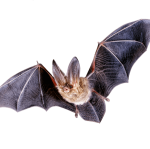
Bat
Bat Removal Information & How-To Tips

Bird
Bird Removal Information & How-To Tips

Snake
Snake Removal Information & How-To Tips

Beaver
Beaver Removal Information & How-To Tips
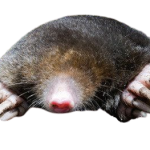
Mole
Mole Removal Information & How-To Tips

Vole
Vole Removal Information & How-To Tips

Gopher
Gopher Removal Information & How-To Tips

Rabbit
Rabbit Removal Information & How-To Tips

Woodchuck
Woodchuck Removal Information & How-To Tips

Flying Squirrel
Flying Squirrel Removal Information & How-To Tips

Chipmunk
Chipmunk Removal Information & How-To Tips

Coyote
Coyote Removal Information & How-To Tips

Fox
Fox Removal Information & How-To Tips

Wild Hog
Wild Hog Removal Information & How-To Tips

Dead Animal
Dead Animal Removal Information & How-To Tips